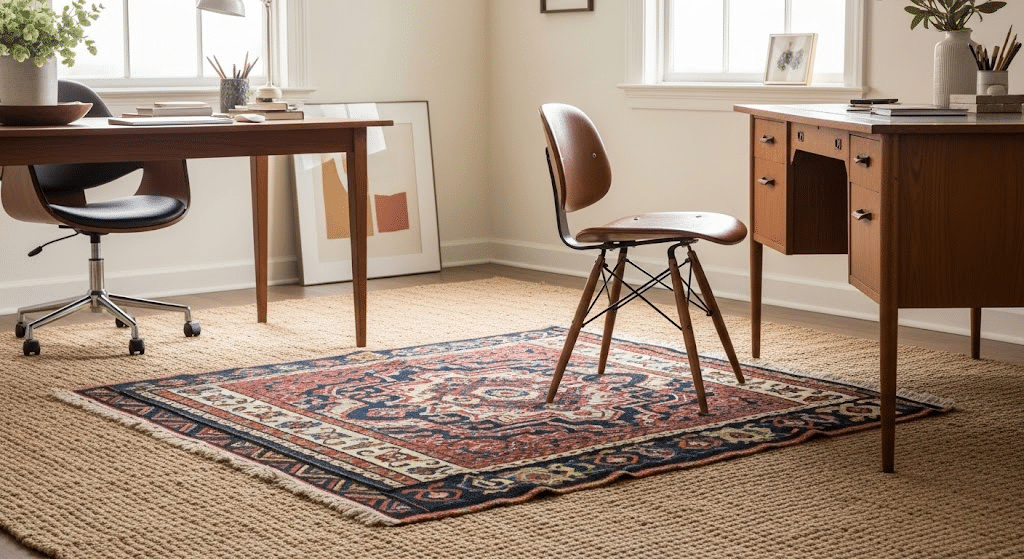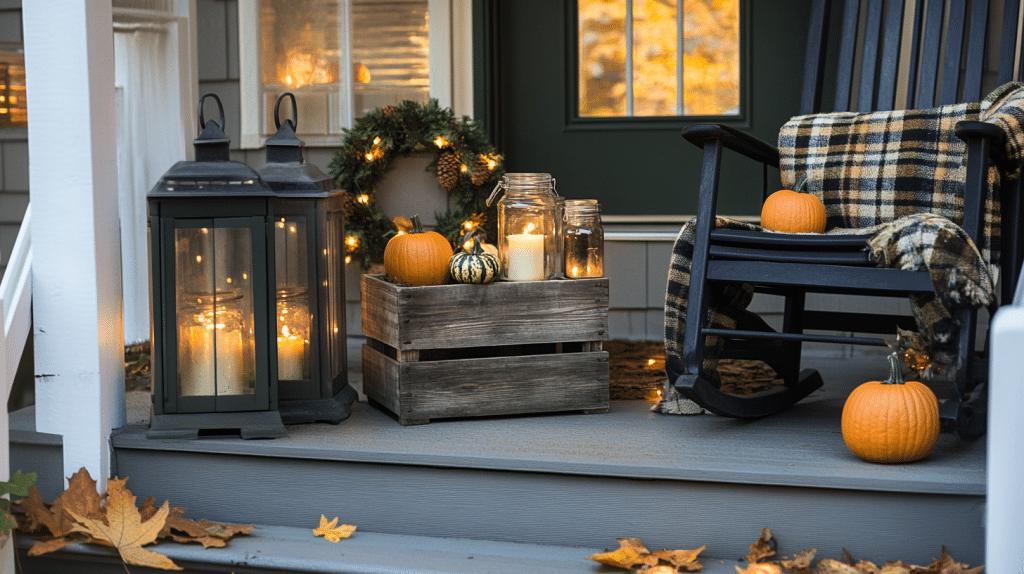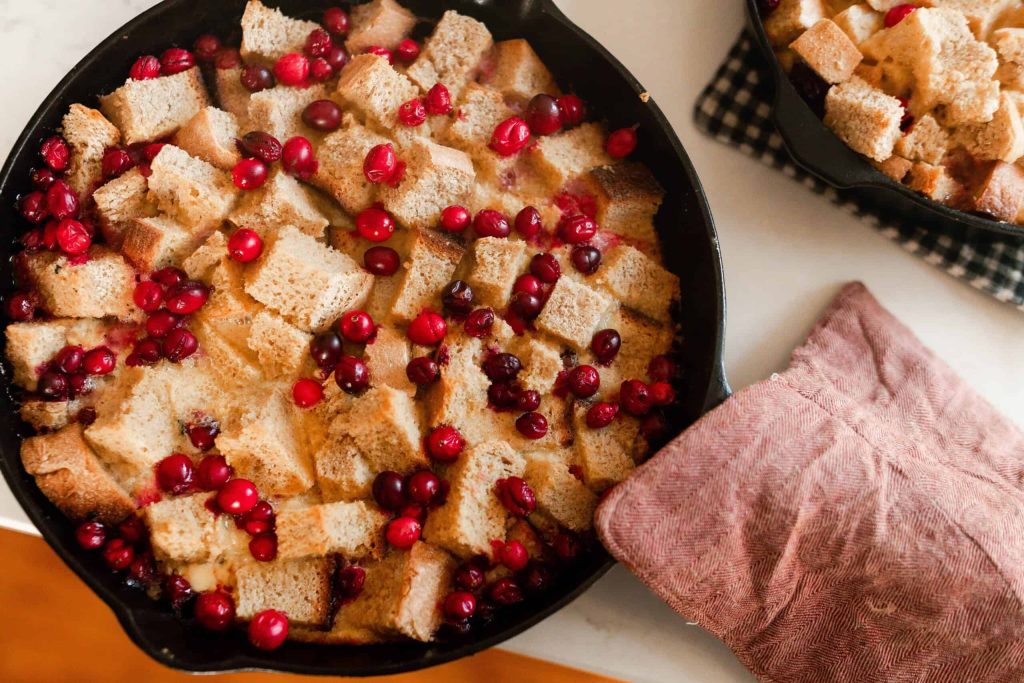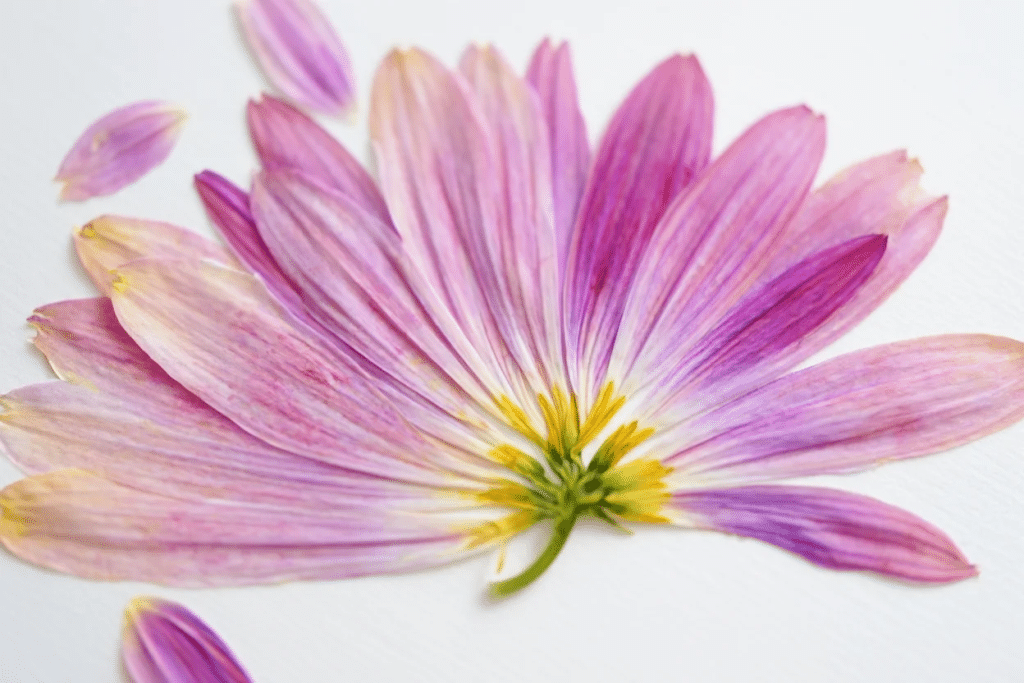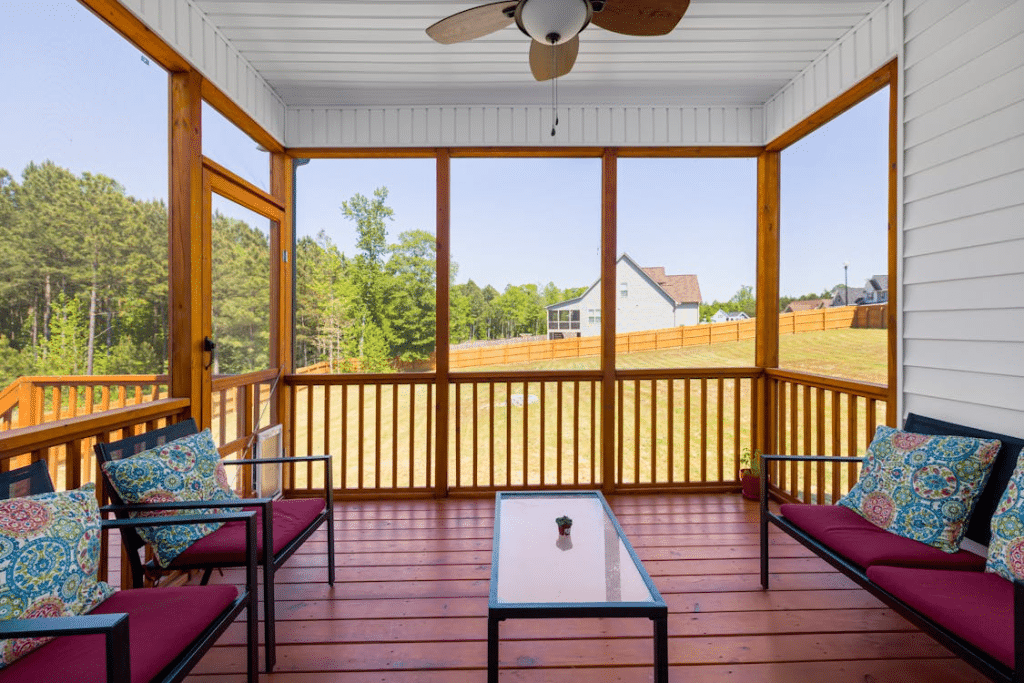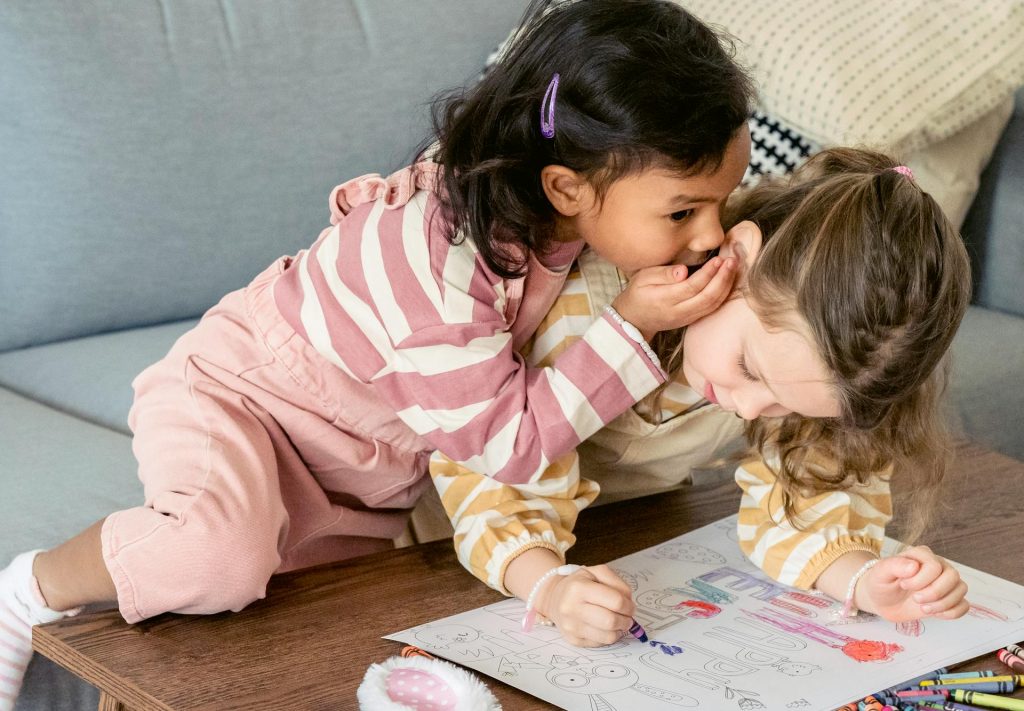Did you know that most interior designers use layered rugs to make small spaces feel larger and more complete?
I get it, you found the perfect rug, but it feels too small for your room. Or maybe you love that layered look but have no idea how to make it work without looking messy.
Layering rugs over jute isn’t complicated at all. I’ve been doing this in my client’s home for years, and it works every single time.
In this post, I’ll show you exactly how to layer rugs over jute to create that stylish, pulled-together look, which base rugs work best, how to choose the right sizes, and simple rules that make layering foolproof for any room in your home.
Why Should You Layer Rugs Over Jute?
Layering rugs over jute means placing a decorative rug on top of a jute base rug to create depth and visual interest.
I do this in my clients’ spaces because it gives them the best of both worlds: jute provides durability and natural texture, while the top layer adds color and pattern.
This technique works for both practical and stylistic reasons. The jute base protects floors and adds warmth underfoot. The top rug lets my clients change colors seasonally without replacing expensive, large rugs. They can easily switch from bright summer patterns to cozy winter tones.
In my clients’ minimalist spaces, I keep the top layer simple and neutral. For eclectic rooms, I go bold with vintage patterns and rich colors. Either way, layering rugs over jute instantly makes any room feel more finished and intentional.
How to Style Layered Rugs in Different Spaces
I love layering rugs to add warmth and style to my clients’ spaces, from cozy bedrooms to outdoor patios. Here’s how I do it across different areas of the home.
Living Room

I use the jute rug to define the entire seating area first. Then I layer a smaller patterned rug on top, usually 1 to 3 feet smaller than the base. This creates a cozy focal point around my coffee table area.
I always make sure the front legs of my sofa and chairs touch both rug layers. This connects all the furniture and makes the whole seating area feel pulled together instead of floating in space.
Bedroom
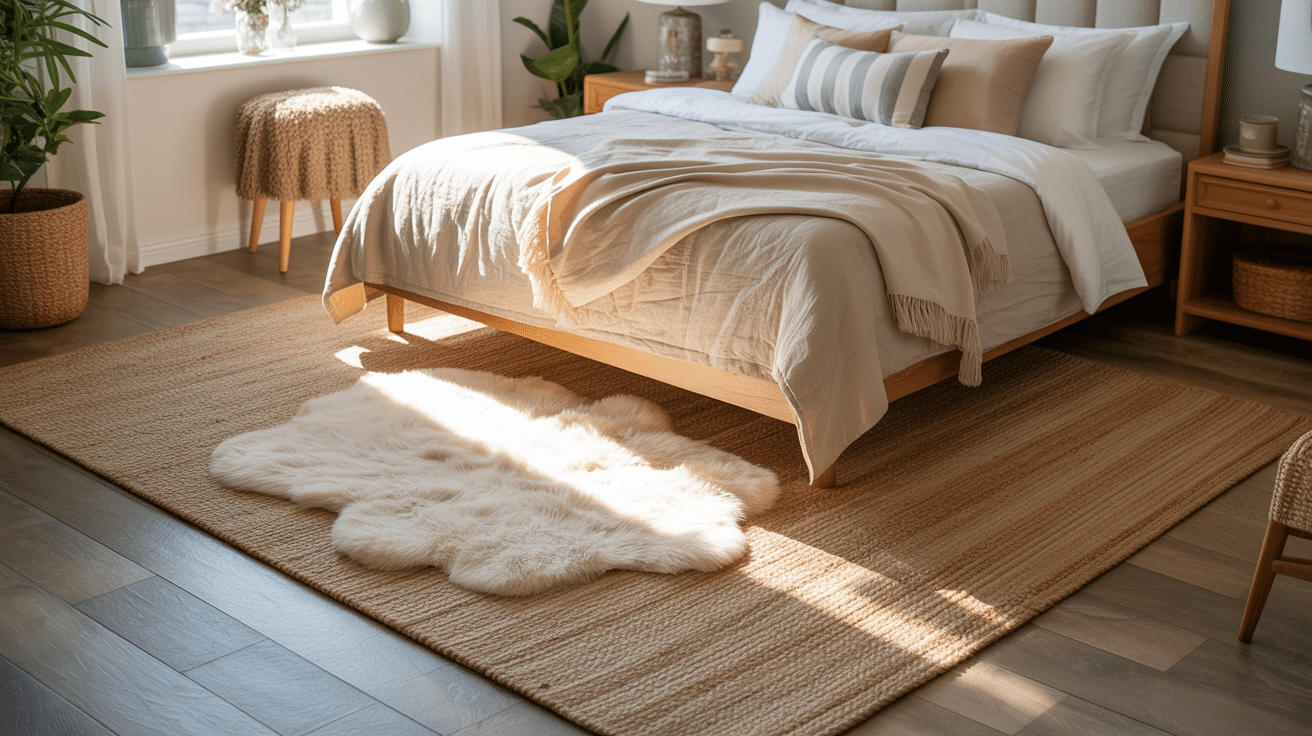
In my client’s bedrooms, I place the jute rug wall-to-wall or at least under my entire bed frame. Then I add a plush, soft rug on top, something that feels good on bare feet when I get out of bed in the morning.
I love trying asymmetrical layering in bedrooms. Instead of centering everything perfectly, I shift the top rug slightly to one side. It creates a more relaxed, lived-in feeling that works great in personal spaces.
Entryway
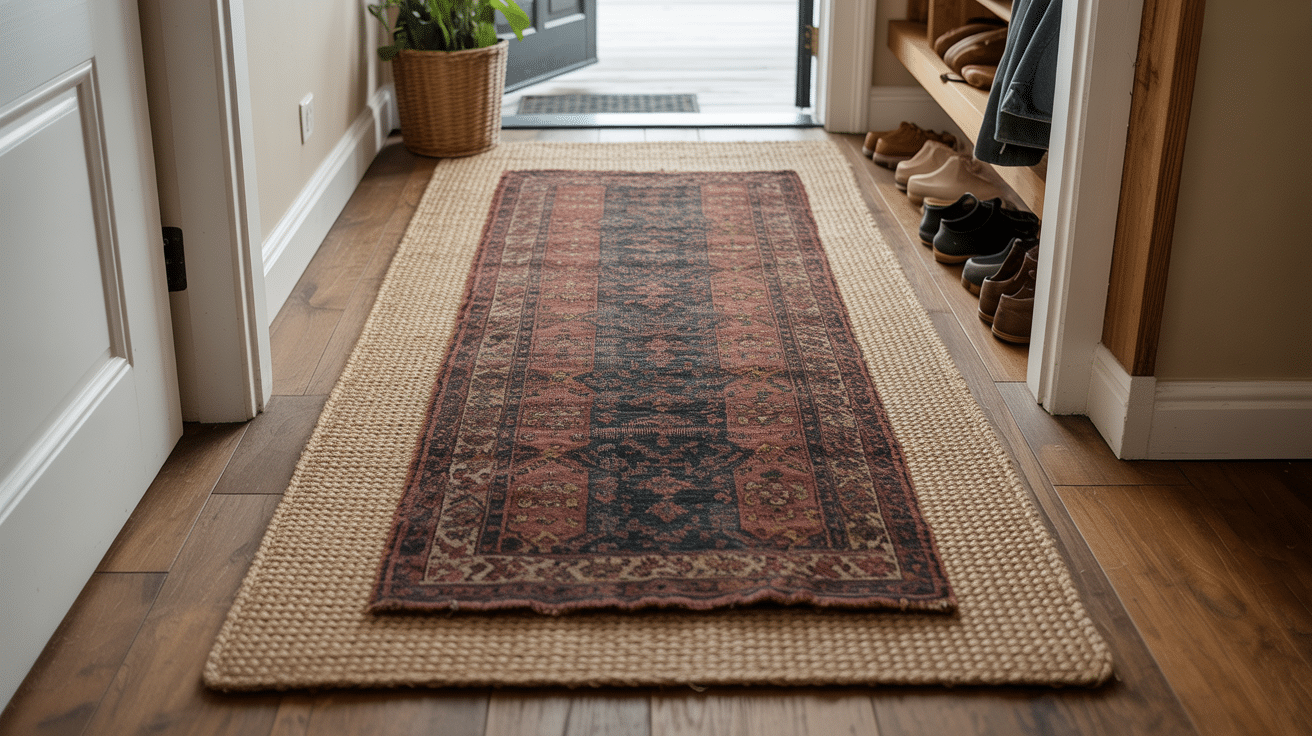
The entryway gets tons of foot traffic, so jute is perfect for durability. I layer it with vintage runners or Turkish rugs that can handle mud and scuffs. The jute base protects my floors while the top layer adds style and warmth.
I always choose darker colors for my top entryway rugs. They hide dirt and scuff marks way better than light colors, which means less cleaning and worry about guests tracking in mess from outside.
Outdoor Covered Patios
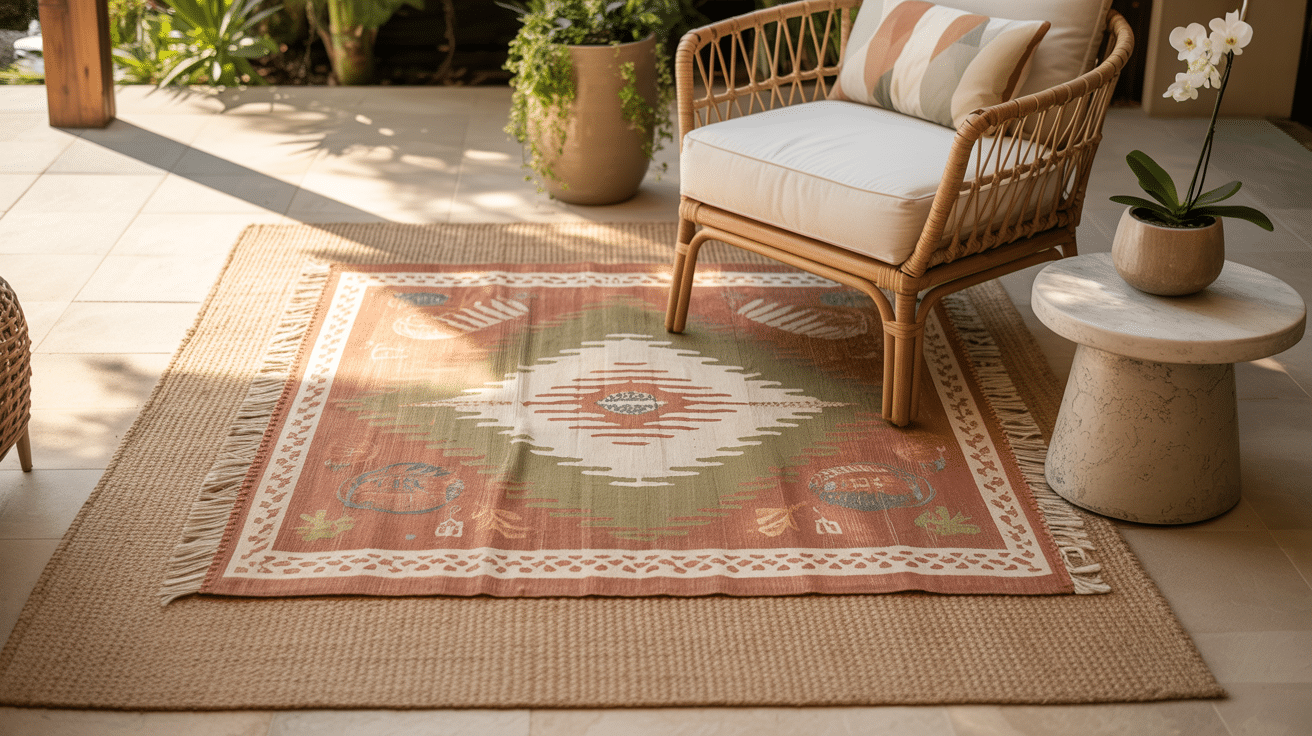
On the client’s covered patio, I start with indoor-outdoor jute as the foundation. Then I layer a soft outdoor patterned rug on top for that boho-chic look. It makes the space feel like an extension of my indoor living areas.
I only buy UV-resistant and water-resistant top rugs for outdoor spaces. Even under cover, they get some sun and moisture. Spending a bit more upfront saves me from replacing faded or damaged rugs later.
Minding Texture, Color & Pattern While Layering Jute Rugs
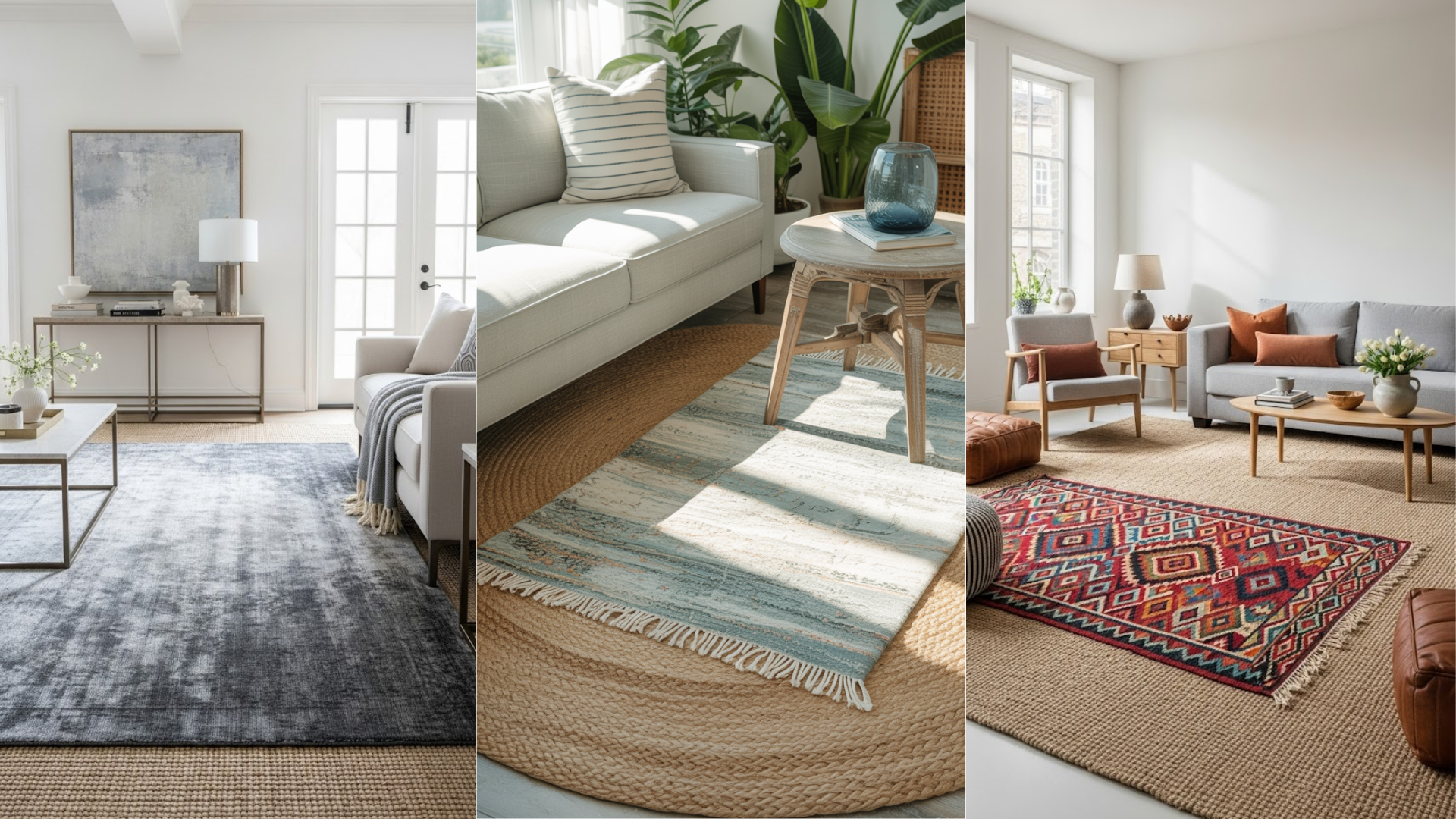
Texture, color, and pattern are my go-to tools for making layered rugs stand out. Here’s how I use each element to create inviting, visually interesting spaces that reflect my style.
Playing with Texture Contrasts
I’ve learned that texture is the secret ingredient that makes layered rugs look intentional, rather than accidental. The rough, natural feel of jute creates the perfect base for experimenting with different textures on top.
My favorite texture combinations:
- Rough jute + soft wool rugs for cozy living rooms
- Flat-weave jute + plush shag rugs in bedrooms
- Natural jute + silky Persian rugs for formal spaces
- Chunky jute + smooth cotton dhurries in casual areas
Mastering Color Temperature
I love switching up color combinations based on the season in my clients’ spaces. It’s like giving their rooms a mini makeover without buying new furniture.
For warm seasons: I pair a neutral jute base with cool-toned top rugs. Think blues, greens, and grays. This combination makes rooms feel fresh and airy when it’s hot outside.
For cool seasons: I flip the script and add warm-toned rugs over jute. Rust, burgundy, and golden yellows create a cozy atmosphere that fights off winter blues.
Year-round neutrals that always work:
- Cream and beige tones
- Soft grays and charcoals
- Muted earth tones like sage and terracotta
Breaking Monotony with Patterns
Plain rugs are safe, but patterns are where the magic happens. I use the jute base as a neutral canvas and let the top rug be the star of the show.
Global patterns I love:
- Moroccan geometrics for a worldly feel
- Turkish medallions for traditional charm
- Kilim stripes for a modern boho look
- Persian florals for timeless elegance
Vintage finds that work beautifully: I hunt for vintage rugs at estate sales and online marketplaces. These pieces have character and history that new rugs can’t match. Plus, they’re often better quality than what you’ll find in stores today.
Benefits of Layering Rugs Over Jute
Layering rugs over jute isn’t just about style; it’s a practical design strategy I use in my clients’ spaces to create versatile, comfortable, and visually balanced rooms.
1. Natural Jute as a Neutral Base: I love how jute complements everything in my clients’ spaces. Its natural beige and brown tones complement any color scheme I introduce, whether I’m going for bold jewel tones or soft pastels, jute never clashes.
2. Anchoring Different Styles or Statement Rugs: When I have a really bold or patterned rug, jute helps ground it visually. The neutral base prevents statement pieces from overwhelming my space.
I can use Moroccan rugs or vintage Persian pieces without them looking out of place. Jute acts like a visual anchor that ties everything together.
3. Amplified Comfort and Cushioning: Layering adds extra padding underfoot that feels incredible. The combination of jute texture and a soft top rug creates the perfect balance of support and comfort.
I notice the difference immediately when walking barefoot; it’s like adding a luxury hotel feel to any room in my home.
4. Better Sound Absorption and Insulation: Two rugs work better than one for reducing noise and keeping rooms warmer, especially in my clients’ apartments.
Layering rugs helps muffle footsteps for downstairs neighbors, and the extra textile layers trap warm air, keeping feet cozy during winter months and even helping to lower heating costs.
5. Cost-Efficiency: Refresh Your Space Without Full Rug Replacements
| Strategy | Why It Saves Money |
|---|---|
| Swap smaller top rugs over jute base | A 5×8 rug costs significantly less than a 9×12, offering a new look at a lower price. |
| Refresh space without complete replacement | Only replacing the top rug avoids the expense of buying a brand-new large area rug. |
| Budget-friendly makeover | Stylish updates can be done for under $200 instead of spending $800 or more. |
To Conclude
Layering rugs over jute isn’t just a design trend – it’s a smart way to create rooms that feel both stylish and comfortable.
You can change your entire room’s mood without breaking the bank. Swap seasonal colors, try different textures, or experiment with bold patterns. Your jute foundation stays the same while you play with style.
So what’s stopping you? Start with one room and see how layering rugs over jute upgrades your space. Once you try it, you’ll understand why I keep coming back to this foolproof decorating trick.
What room will you layer first? Share your results – I’d love to see how you make this technique your own!


